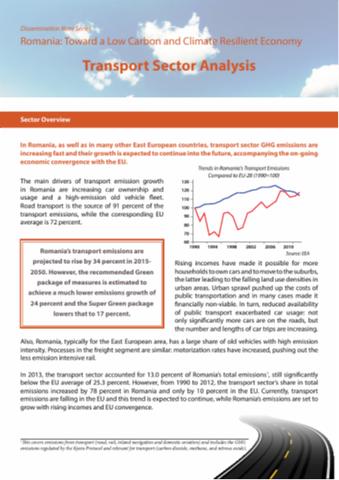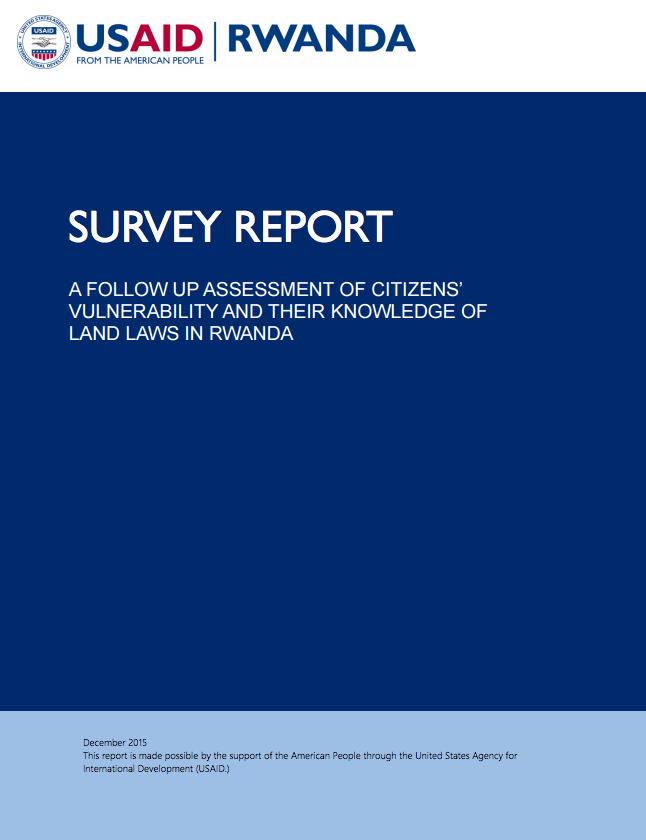GLOBIO-Aquatic, a global model of human impact on the biodiversity of inland aquatic ecosystems
Biodiversity in freshwater ecosystems - rivers, lakes and wetlands - is undergoing rapid global decline. Major drivers are land use change, eutrophication, hydrological disturbance, climate change, overexploitation and invasive species. We developed a global model for assessing the dominant human impacts on inland aquatic biodiversity. The system consists of a biodiversity model, named GLOBIO-Aquatic, that is embedded in the IMAGE model framework, i.e.






